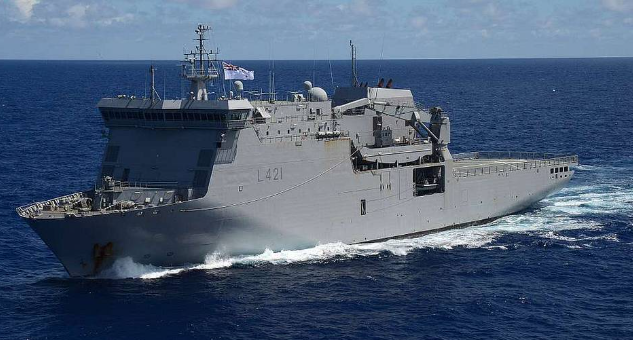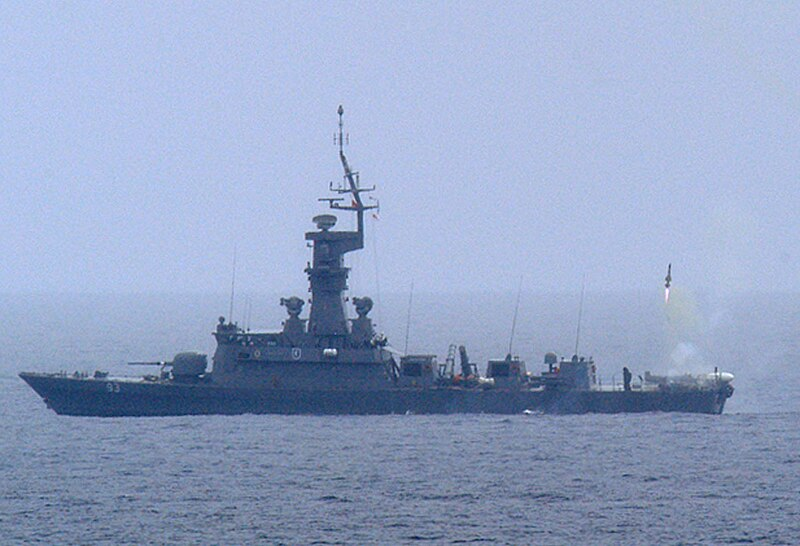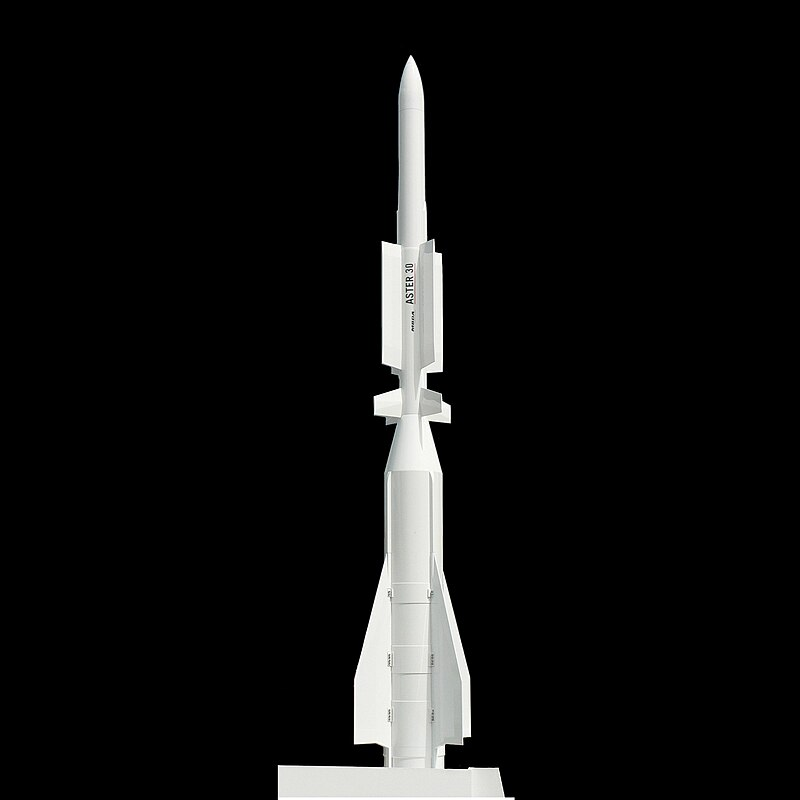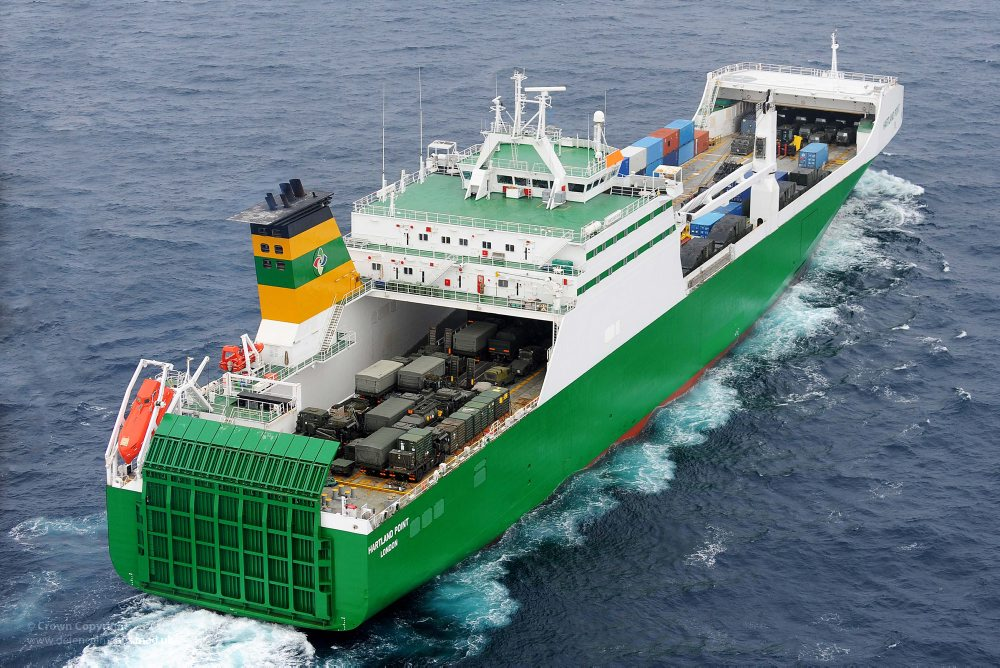
“No ship will be able to anticipate the operational needs for the next 30 years,” Singapore’s Defence Minister Chan Chun Sing said at the launch of the Republic’s biggest and most sophisticated warship. That was not hyperbole, but a strategic signal. Much more than a warship, Singapore’s new Victory-class Multi-Role Combat Vessel, or MRCV, is a template for future maritime operations in contested waters like the South China Sea and critical chokepoints such as the Strait of Malacca.

As a long-term strategic partner of the United States, Singapore sits astride one of the world’s busiest and most vital sea lines of communication. The MRCV program represents a decisive investment in modularity, unmanned systems integration, and endurance-capabilities tailored for a region where maritime security is increasingly shaped by geopolitical competition and technological disruption.
The following listicle distills those seven key aspects and the strategic context of the MRCV program down to bring clarity about how Singapore is positioning its navy for the next era of regional security, both for the defense analyst and the military technology observer.

1. Largest and Most Capable Warship in Singapore History
Measuring 492 feet in length, displacing around 8,800 tons, and able to stay out for more than 21 days and over 8,000 miles, the Victory-class MRCV represents a quantum leap in size and capability compared with the outgoing Victory-class missile corvettes that displace just 586 tons. Built in a short 12 months thanks to 3D modeling and digital twinning, the vessel’s speedy production cycle underlines the urgency of Singapore in modernizing its fleet.
Its IFEP system integrates diesel engines with electric motors to produce speeds over 22 knots in order to drive advanced sensors, weapons, and mission systems. Fewer than 100 sailors man the ship to represent a very high level of automation that reduces the demand for manpower without sacrificing any operational effectiveness.

2. Mothership for Unmanned Systems
Another key design feature of the MRCV is its potential to field unmanned aerial, surface, and underwater vehicles via an eight-container mission bay that can be rapidly configured for combat as well as humanitarian assistance and disaster relief. Launch-and-recovery systems include a stern ramp for the rigid-hulled boats and the unmanned craft, while heavier payloads are handled via a side-mounted crane.
Singapore already fields Maritime Security Unmanned Surface Vessels and is developing new fleets of USVs and autonomous underwater vehicles for mine countermeasures. Integrated with these, vertical takeoff UAVs like the Veloce 60 extend surveillance reach far beyond the ship’s own sensors, providing persistent maritime domain awareness over contested regions.

3. Advanced Combat Systems for High-End Warfare
The Victory-class is armed with the MBDA Aster B1 NT long-range and VL MICA NG short-/medium-range SAMs, which give them their layered air defense, including limited ballistic missile interception. Anti-surface warfare is provided via the ST Engineering/IAI Blue Spear missiles and supported by a Leonardo Strales 76mm gun and Rafael Typhoon Mk 30-C remote weapon stations.
Other key electronic systems include the Thales SeaFire AESA radar, Safran PASEO XLR EO/IR systems, and decoy launchers to deploy countermeasures. The Saab Kockums composite mast will mount four AESA panels in a bid to reduce the radar cross-section while carrying critical sensors.

4. Modularity as Hedge against Future Threats
No design, as Minister Chan said, can fulfill the operational requirement for decades, but the MRCV, through its modular architecture, is the hedge deliberately made in order to be able to rapidly adapt to the evolution of threats-from anti-access/area denial A2/AD systems to swarming drones. The modules can be swapped for humanitarian missions, electronic warfare packages, or emerging weapon systems. That follows the latest trends both in NATO and U.S. Navy designs for mission flexibility rather than fixed-role specialization.

5. Strategic Position at the Strait of Malacca
At the southern entrance to the Strait of Malacca, Singapore guards one of the world’s most critical chokepoints-more than 90,000 merchant vessels transit the strait each year, carrying about 25 percent of global trade. Control of this passage would be likely to determine economic and military outcomes in any regional crisis. The endurance and unmanned integration of the MRCV will enable patrolling and securing of SLOCs under conditions threatened by blockade, mining, or precision strikes-scenarios envisioned in various analyses of regional conflict.

6. Integration with U.S. and Allied Capabilities
Deep defense ties between Singapore and Washington are underpinned by agreements which allow U.S. forces access to facilities and joint training. The MRCV complements other modernization moves, including the acquisition of four Boeing P-8A Poseidon MPAs and F-35 fighters. Interoperability with U.S., Australian, and British forces-especially under the Five Power Defence Arrangements-allows the MRCV to slot into multinational task groups for enhanced collective maritime security in the Indo-Pacific.

7. Automation and Crew Efficiency
High automation reduces the bridge crew from five to two and the engineering control staff from four to one. This reflects Singapore’s small population and need to maximize the combat power per sailor. Automation extends beyond navigation into areas of damage control and systems monitoring, congruent with global naval trends toward lean manning. These efficiencies free resources for technology investment while maintaining readiness for sustained operations. Singapore’s Victory-class MRCV program is more than just fleet modernization; in truth, it is about strategic adaptation to a maritime environment defined by contested SLOCs, rapid technological change, and great power competition.

Embracing modularity, unmanned integration, and advanced combat systems, Singapore retains its position as a resilient maritime actor able to defend its lifelines and contribute to regional stability. To defense analysts, the MRCV is also a case study of how small states can use technology and partnerships to punch above their weight in naval power projection.

